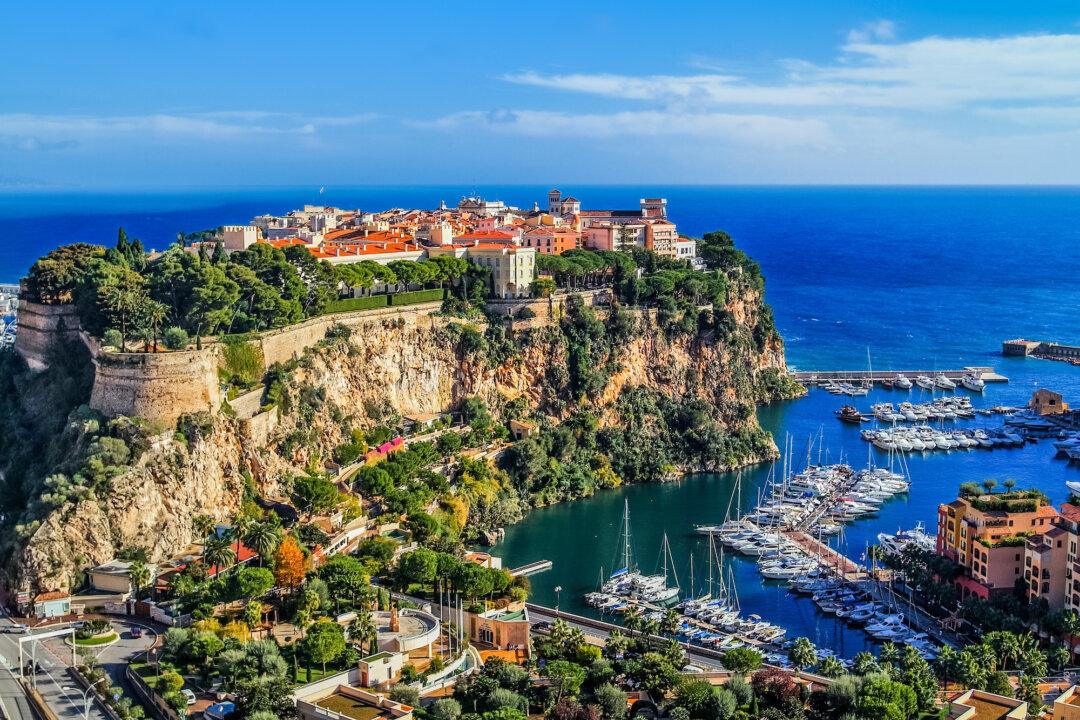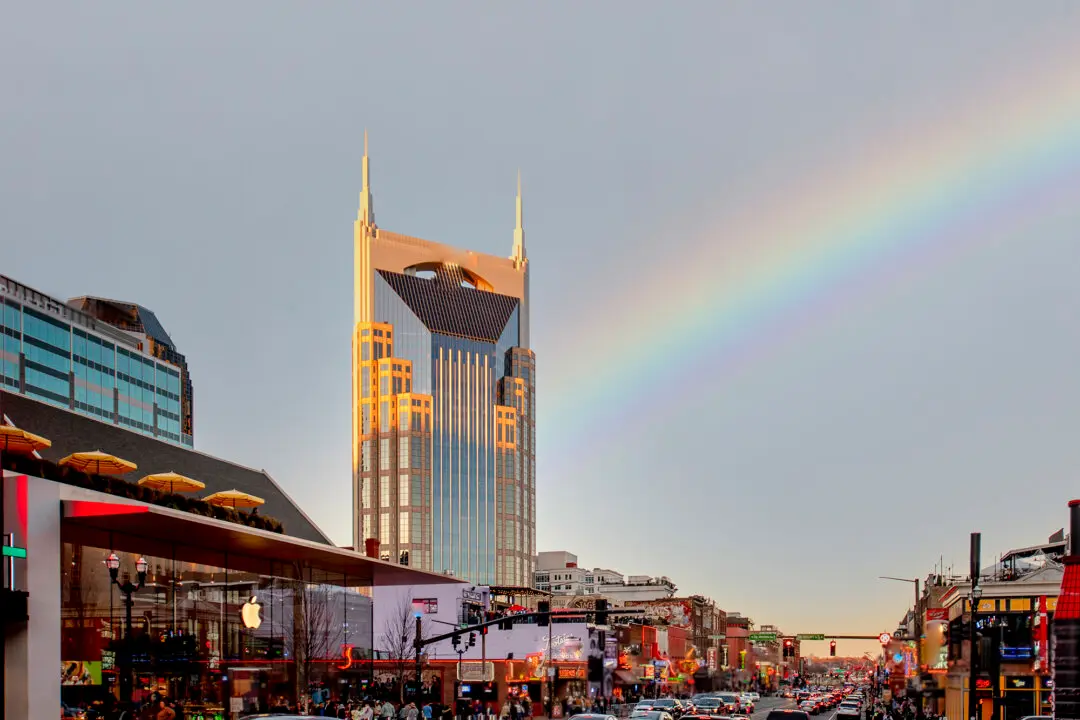The road clings to the side of the hill, winding through the regular and spectacular undulations of the rugged Mediterranean coastline, our vehicle motoring through tunnels, emerging to sweeping views that stretch all the way to the sea. Somewhere, we crossed an invisible line—there must have been a sign alongside the street, but I didn’t see it. But soon, my guide is reeling off a list of celebrities, gesturing to this house and that one—nothing really visible, as the road passes to the rear of the sprawling homes facing the ocean—belonging to Bono, Elton John, Lewis Hamilton, and Beyoncé.
But my entrance to this glamorous principality, one of the wealthiest places on earth, is rather less salubrious. As the bus parked in a garage drilled deep into the territory’s imposing, namesake rock, I parted ways with my tour group, and set off in search of one of the city’s most famous buildings. Walking along the roadside, I found no available taxis, so instead, I opted for the city bus, hopping on near the harbor, and settling into a seat near the back. James Bond would never even consider such a move, but I’ve never been accused of being very suave. We lumbered up the hill, and moments later, I was at the door, ready for inspection at Monte Carlo’s casino.





